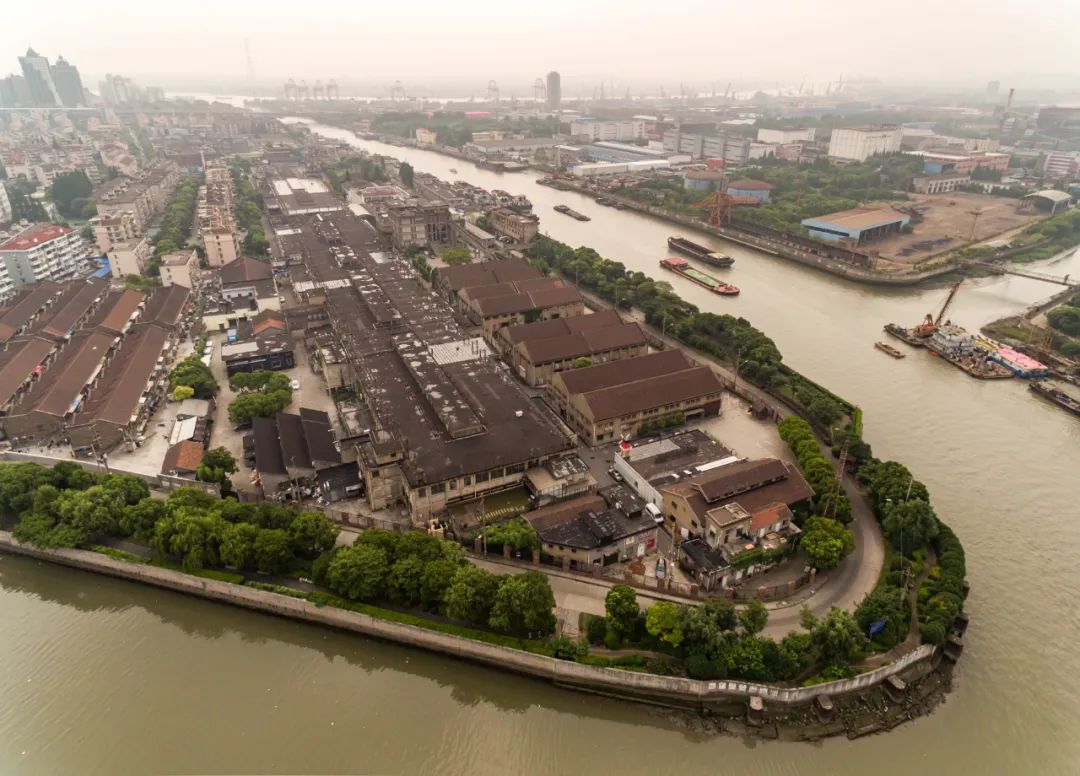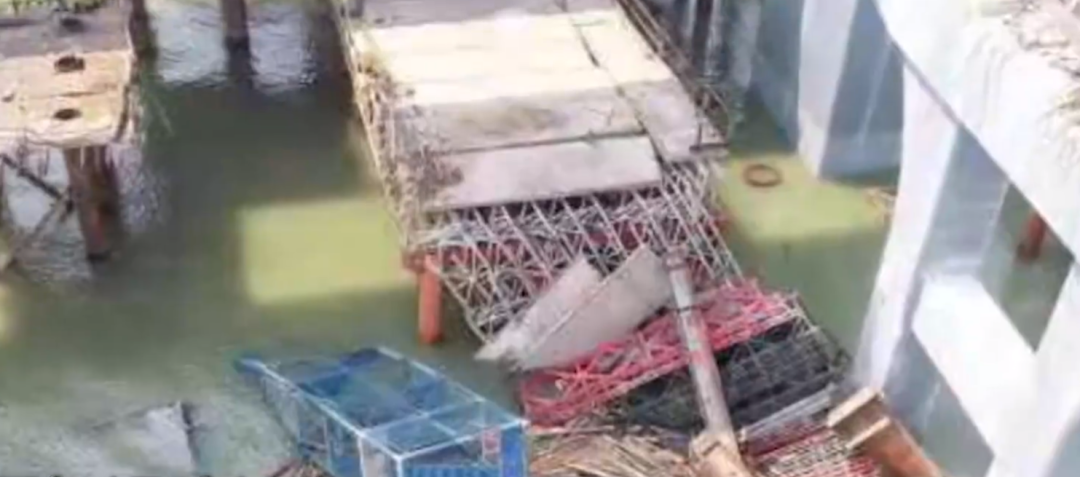In 2008, the peninsula 1919 cultural and Creative Industrial Park, based on the principle of “repairing the old as the old”, carried out protective repairs to many historical buildings on the former sites of Greater China and Huafeng mills, so as to record the development history of China’s national textile industry
. 
In the 1990s, Shanghai’s state-owned textile industry began to adjust and transform from labor-intensive manufacturing industry to “technology + fashion”
.
The seats, back and surface in the park are assembled by the spindle and shuttle on the textile machine, showing the unique charm of the textile industry
.
These historical buildings not only have the traditional gene of the Chinese nation, but also have the distinctive characteristics of making foreign things serve China
.
In 2018, it was rated as a national AAA tourist attraction
.
After the merger of the second and fourth factories in Yong’an, they were successively renamed as Yongfeng mill and the second cotton mill in Yong’an
.
It is decorated with traditional Chinese elements
.
8 mill
.
No.6 building, No.10 building was built in 1933, steel concrete structure, the highest main building nearly 20 meters
.
8 cotton mill by Yong’an No
.
Graffiti imagination fantasy, color bright random paintings show cool and warmth
.
Nie Qijie (Yuntai), founder of Greater China yarn mill, in Yuntai square of punch point 1
.
In 2007, Shanghai No.8 cotton textile factory gave full play to the resource advantages of a large number of old factories and buildings, transformed into “Peninsula 1919 cultural and Creative Industrial Park”, and became Shanghai’s “new waterfront fashion landmark”
.
There is a statue of Mr
.
No.1 building, No.4 building and No.5 building were built in 1929, with a two-story mixed structure
.
Today, let’s go to the site of the 100 year old factory and read and experience the story behind the historical buildings
.
When it was first built, it was a medical office building for staff of a cotton mill
.
The roof decoration of the building has the characteristics of Baroque architectural style
.
Many historical buildings in the park perfectly interpret the Shanghai style culture of “embracing all rivers and embracing all rivers”, and also show the unique charm of the textile industry
.
Entrance address: No
.
4
.
It was one of the largest cotton mills in China at that time, with more than 10000 workers
.
The highlights of “waste” are the discarded wheels, engines, gears, etc
.
No.5 building, No.6 building was built in 1924, with four floors of brick and wood structure
.
In 1958, No
.
At present, the base of 20t blast furnace, large coal conveyor belt and anti collapse wall of raw coal yard are reserved
.
2 cotton mill and national cotton No
.
Ticket: Free 5
.
There are rich decorative patterns around the windows
.
The spirit fortress of “Peninsula 1919” adopts the expression form of pop art, and uses the creative combination of color, symbol and four Arabic numerals of “1919”, symbolizing the “past and present” and new open development concept of peninsula 1919 cultural and creative industrial park
.
The mill covers an area of 150 mu, which was the largest mill in Shanghai at that time
.
The peninsula 1919 cultural and Creative Industrial Park, built on the former sites of Greater China and Huafeng cotton mills, retains many historical buildings of different periods
.
Consultation and Reservation: 021-56840702 * 805 around Wusongkou international cruise port Wusongkou locomotive square Wusongkou lighthouse Shanghai wusongpao Taiwan National Wetland Park Shanghai wharf film and television base Yangtze River Estuary science and Technology Museum Shanghai Glass Museum wonderful recommendation happy new year in Shanghai The most complete exhibition guide of the museum in February is coming
.
1 building in the early days of liberation was merged into Shanghai No
.
In 2011, the former sites of Greater China yarn mill and Huafeng yarn mill were declared as “Baoshan cultural relics protection unit” by Baoshan people’s government, and in 2014, they were declared as “Shanghai cultural relics protection unit” by Shanghai Municipal People’s government
.
Transportation information: under the entrance 2 of songbin Road Station of rail transit line 3, walk 700 meters westward
.
In 1925, the worsted Department of the mill was acquired by Guo Le of Yong’an company and changed to Yong’an No.2 mill
.
It was once the longest conjoined factory in the Far East
.
Peninsula 1919 cultural and Creative Industrial Park, located at 258 Songxing West Road, Baoshan District, is the former site of Greater China yarn mill and Huafeng yarn mill
.
Park opening information 1
.
Baoshan exhibition hall of textile industry civilization the first exhibition hall in Baoshan area, which integrates the exhibition of the history of textile industry civilization and modern cultural and creative industries, shows the brilliant achievements of textile industry civilization since the opening of Shanghai port, the transformation road of the park and the construction plan of the future science and innovation center with a variety of exhibition means
.
In 1929, the fourth Yong’an factory was planned to be built in the western open space
.
Opening hours: all day (9:00-16:00) 3
.
It was renamed as Rihua No.8 mill, Huafeng workshop, Wusong workshop, Zhongfang No.8 mill and guomian No.8 mill
.
50 good places for Shanghai residents to visit in front of their homes list of the most beautiful toilets in Shanghai in 2020 do you know all these free good places in Shanghai? The most beautiful places in the Yangtze River Delta! Have you ever clocked in all these places? The official announcement of the first batch of 16 global tourism characteristic demonstration zones in Shanghai specially states that due to limited conditions, there may be original pictures or words that are not signed
.
The former Shanghai No.8 cotton textile mill has become a brand new Peninsula 1919 cultural and creative industrial park
.
The history of building 10: the Great China mill was founded in 1919 by nieqijie (Yuntai), the grandson of Zeng Guofan
.
The facade of the building is a fair faced brick wall with stable and harmonious colors
.
Huafeng mill was founded in 1920 in the east of Greater China mill, covering an area of more than 100 mu
.
258, Songxing West Road, Wusong street, Baoshan District 2
.
of the cotton textile mill, which have been creatively transformed and endowed with new aesthetic value and practical value in the landscape of the park
.
Building 1, built in 1929, has a two-story brick and wood structure
.
4
.



